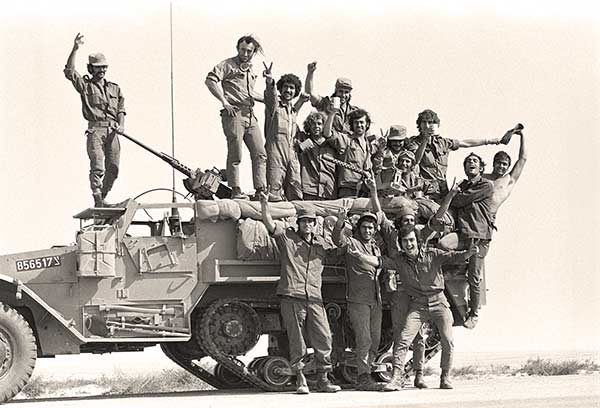IDF / Wikimedia Commons / CC-BY-SA-3.0 / GFDL
1 – The Yom Kippur War
The Yom Kippur War (also known as the Ramadan War and the October War) was a war between Israel and a group of Arab countries led by Egypt and Syria.
The war took place from October 6-25, 1973. It began on the Jewish festival of Yom Kippur, and it happened during the Muslim month of Ramadan.
The attack by Egypt and Syria was a surprise to Israel. Egypt’s army entered the Sinai Peninsula, and Syria’s army entered the Golan Heights.
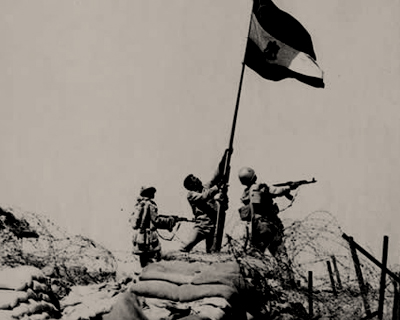
After the war, Egypt and Israel negotiated. They reached an agreement to separate their forces, and it led to Israel retreating behind the Suez Canal.
The Egyptian forces stayed in the Sinai near the canal and did not retreat from the places they captured.
There was a large distance between Egyptian and Israeli forces in the Sinai as part of the agreement.
Israel also held negotiations with Syria and agreed to withdraw from the places they captured in Syria, but they stayed in the Golan Heights.
Egypt and Israel kept their negotiations, and in 1979, they signed the Egypt–Israel Peace Treaty.
The treaty brought peace between Israel and Egypt, and Israel retreated from the whole Sinai and returned it to Egypt. The treaty still holds to this day.
In the war, Israel was called the winner and the Arab countries were called the losers, even though no real military victory was ever won.
2 – Salvador Allende Deposed in a Military Coup in Chile
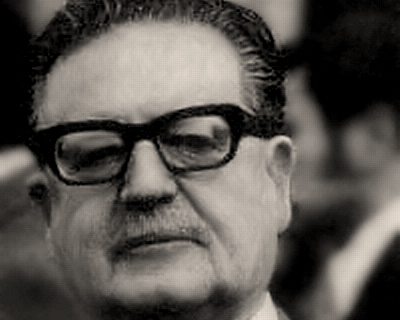
The 1973 Chilean coup d’état was a watershed event in both the history of Chile and the Cold War. US President Richard Nixon had ordered economic warfare on the country prior to the coup.
The elected socialist President Allende was overthrown by the armed forces and national police on September 11, following an extended period of social unrest and political tension with the right-dominated Congress of Chile.
A junta was established that suspended all political activity in Chile and repressed left-wing movements, especially the communist and socialist parties and the Revolutionary Left Movement.
Allende’s appointed army chief, Augusto Pinochet, rose to supreme power within a year of the coup, formally assuming power in late 1974.
The United States government, which had worked to create the conditions for the coup, promptly recognized the junta government and supported it in consolidating power.
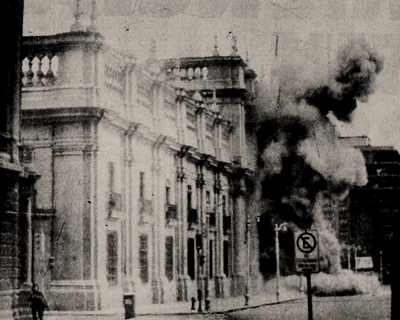
Biblioteca del Congreso Nacional de Chile / Wikimedia Commons / CC-BY-SA-3.0 / GFDL
During the air raids and attacks that preceded the coup, Allende gave his last speech, vowing to stay in the presidential palace.
Direct witness accounts of his death agree that he killed himself in the palace.
Before the coup, Chile had for decades been hailed as a beacon of democracy and political stability while the rest of South America had been plagued by military juntas and Caudillismo.
The collapse of Chilean democracy ended a streak of democratic governments in Chile, having held democratic elections since 1932.
Historian Peter Winn says the coup was one of the most violent events in Chile’s history.
A weak insurgent movement against Pinochet’s regime was maintained by elements sympathetic to the former Allende government.
An internationally supported plebiscite in 1988 led to Pinochet relinquishing power.
3 – Sacheen Littlefeather Represents Marlon Brando at the Oscars
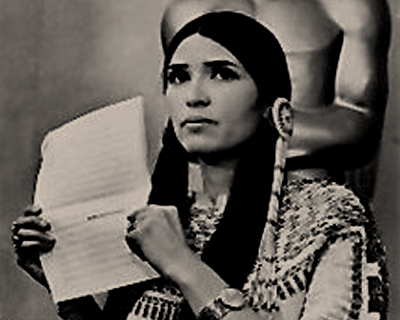
Sacheen Littlefeather is a member of the Apache and an activist for Native American civil rights.
She gave a speech at the 45th Academy Awards ceremony on March 27, 1973, for actor Marlon Brando, who declined the Academy Award for Best Actor which he had won for his performance in The Godfather.
The speech was a protest of the treatment of Native Americans by the film industry. Brando had become involved with the American Indian Movement in the early 1970s.
Littlefeather represented Brando as a way to protest the ongoing siege at Wounded Knee and Hollywood’s misrepresentation of American Indians.
Brando had written a 15-page speech for Littlefeather, but when the producer met her backstage he threatened to physically remove her or have her arrested if she spoke on stage for more than 60 seconds.
Her on-stage comments were therefore improvised. She then went backstage and read the entire speech to the press.
4 – Roe vs Wade: US Supreme Court Legalizes Most Abortions
Roe v. Wade, 410 U.S.113 (1973), is a landmark decision by the United States Supreme Court on the issue of abortion, decided on January 22, 1973.
The Court ruled 7–2 that a right to privacy under the Due Process Clause of the 14th Amendment extended to a woman’s decision to have an abortion, but that this right must be balanced against the state’s interests in regulating abortions: protecting women’s health and protecting the potentiality of human life.
Arguing that these state interests became stronger over the course of a pregnancy, the Court resolved this balancing test by tying state regulation of abortion to the third trimester of pregnancy.
In disallowing many state and federal restrictions on abortion in the United States, Roe v. Wade prompted a national debate that continues today.
The issues include whether, and to what extent, abortion should be legal, who should decide its’ legality, and the role of religious and moral views in the political sphere.
Roe v. Wade reshaped national politics, dividing much of the United States into pro-choice and anti-abortion camps while activating grassroots movements on both sides.
5 – Ezeiza Massacre in Buenos Aires
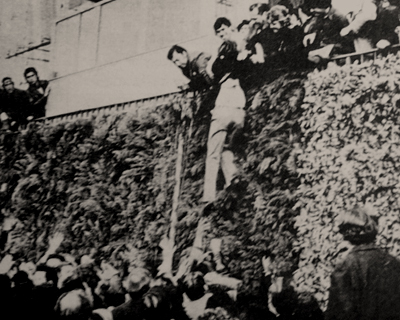
The Ezeiza massacre took place on June 20, 1973, near the Ezeiza International Airport in Buenos Aires, Argentina.
Peronist masses, including many young people, had gathered there to acclaim Juan Perón’s return from an 18-year exile in Spain.
The police estimated three and a half million people were in attendance.
In his plane, Perón was accompanied by president Héctor Cámpora, who had come to power on May 25, 1973, amid popular euphoria and a period of political turmoil. Cámpora was opposed to the Peronist right-wing.
From Perón’s platform, camouflaged snipers from the right-wing of Peronism opened fire on the crowd.
The left-wing Peronist Youth and the Montoneros were targeted and trapped. At least 13 died, with a further 365 injured during the massacre.
Newspaper reports claimed the real number must have been much higher, though no official investigation has been performed to confirm these higher estimates.


